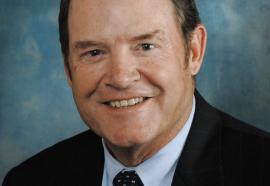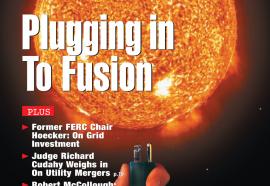Electric Transmission: Building the Next Interstate System
We must efficiently deliver wholesale power within competitive regional markets.
When President Eisenhower was growing up in Kansas, he saw America’s byways and back roads develop to meet point-to-point needs, eventually forming a loosely connected national interstate highway network. The U.S. electric transmission system has similar roots, and it needs a similar vision to meet the needs of the 21st century.









